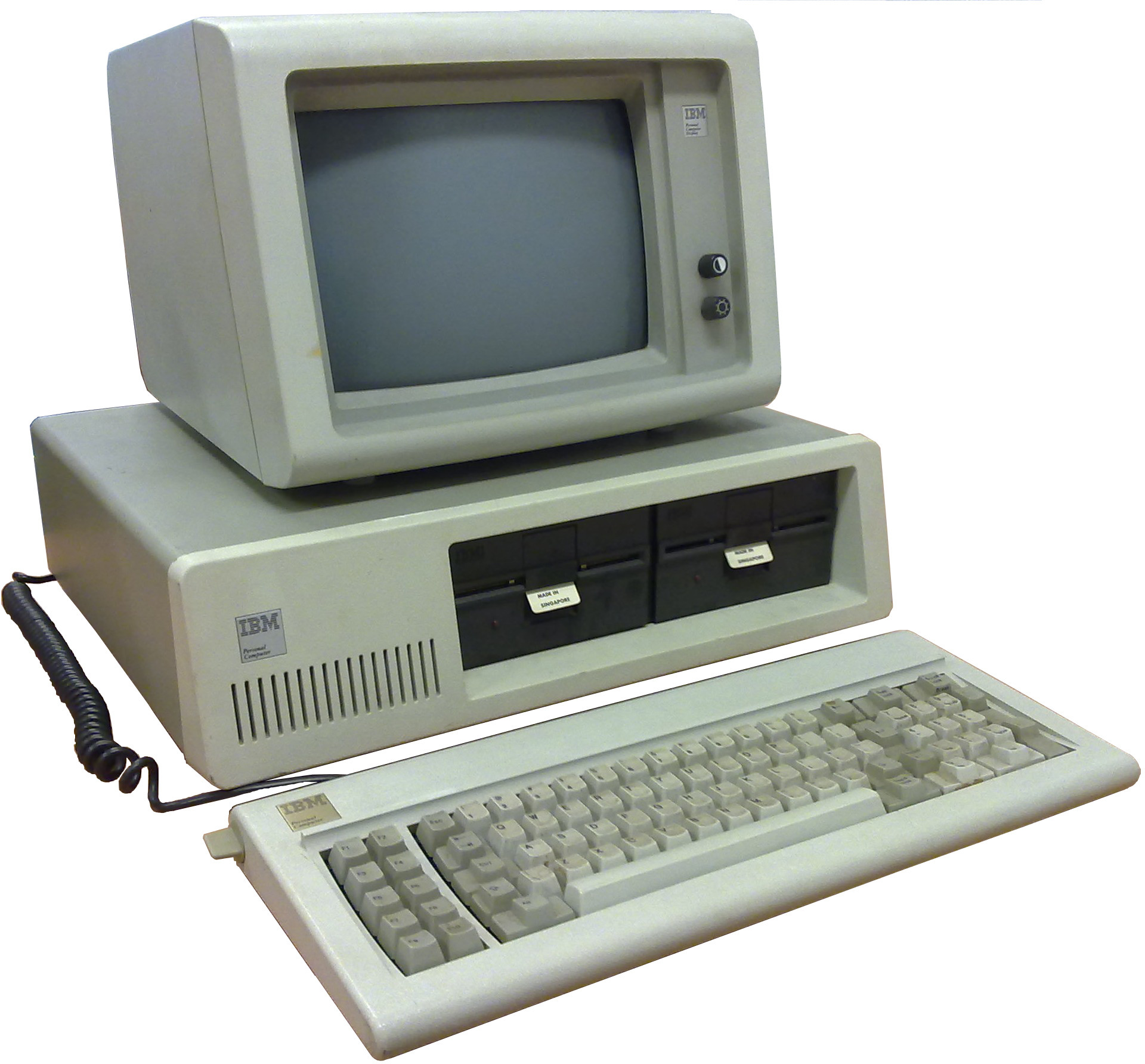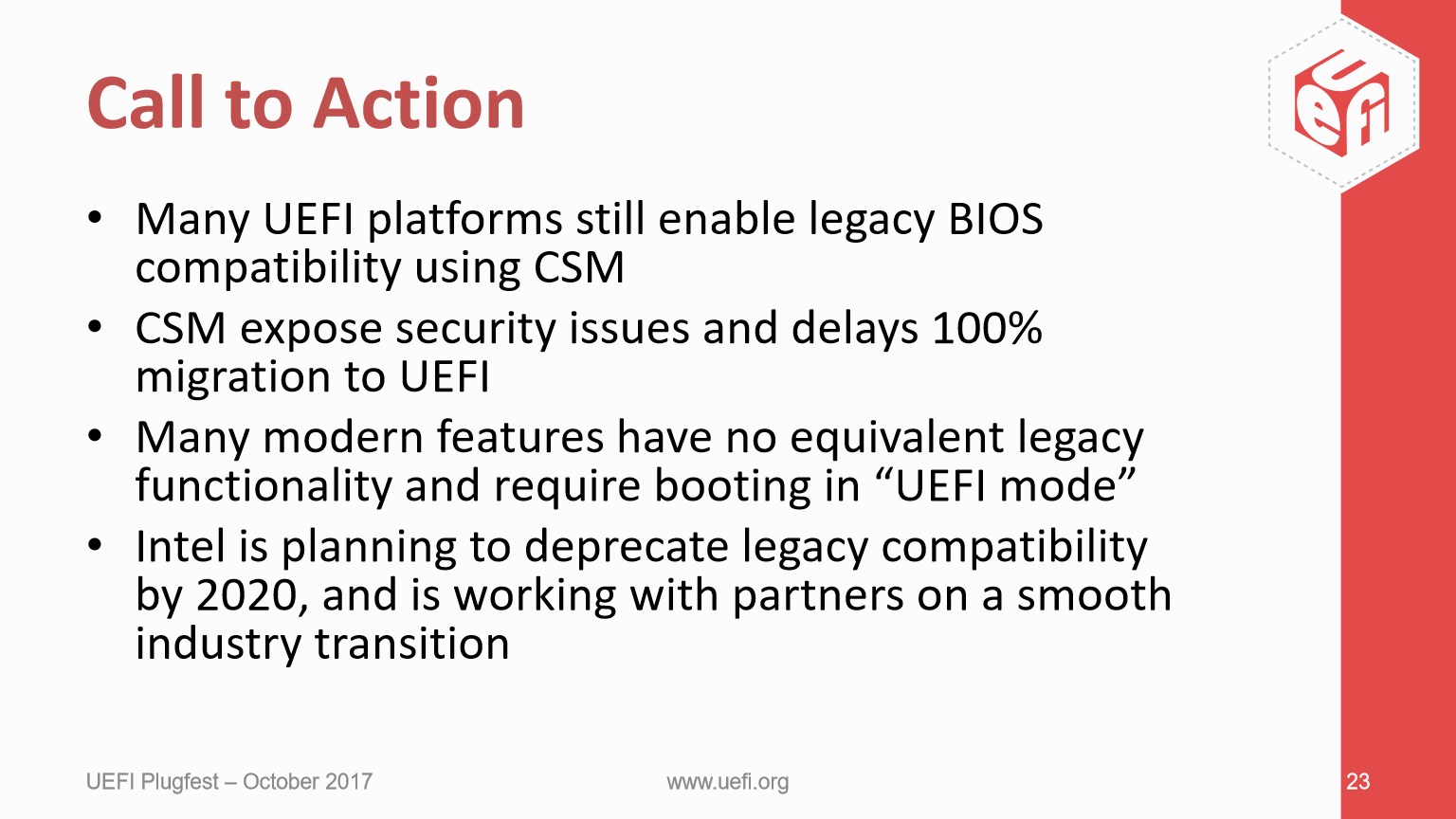Speaking at UEFI Plugfest, a hardware interoperability testing event held by the Unified Extensible Firmware Interface (UEFI) Forum earlier this month, Intel announced that by 2020 it was going to phase out the last remaining relics of the PC BIOS by 2020, marking the full transition to UEFI firmware.
The BIOS ("Basic Input/Output System") is a small piece of code embedded into a PC's motherboard that handles the basic initialization and booting of hardware. It's the BIOS that first probes your hardware, counts how much RAM you have installed, performs cursory checking of the hardware's health, and complains if your keyboard is unplugged; when it's finished doing its thing, it kicks off the process to actually load and run the operating system. When the operating system is running, the BIOS offers some basic system services, such as receiving keyboard input and reading and writing to the screen and the disk.
The BIOS was an essential element of IBM's first PC, the Personal Computer, in 1981. Companies wanting to build systems compatible with the PC had to build systems with a compatible BIOS, offering the same range of system services to software. If they could do this, software built for the PC would run seamlessly on their machines. Early PC clones companies each had to reverse engineered the BIOS themselves and didn't always do a great job of compatibility. But within a few years firmware company Phoenix had a reliable, accurate reverse-engineered BIOS, and it licensed it to third parties; this allowed PC clone production to proliferate.
IBM's PC BIOS was inextricably linked to the Intel x86 processors it ran on. It ran using the processor's 16-bit real mode, with the firmware itself typically written in assembler.


 Loading comments...
Loading comments...
